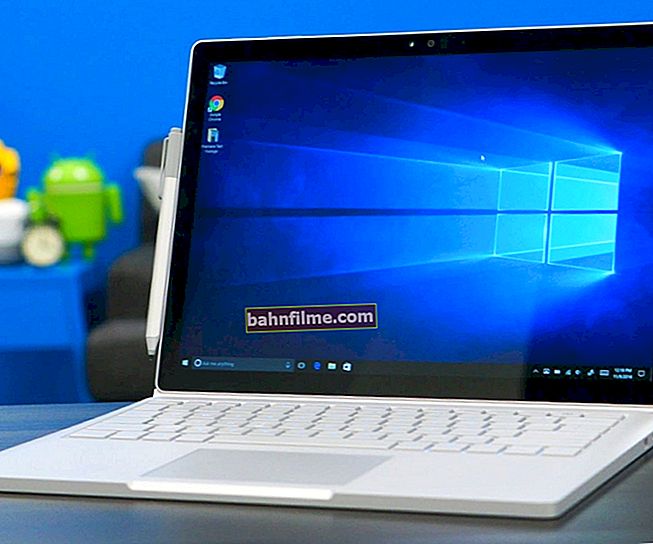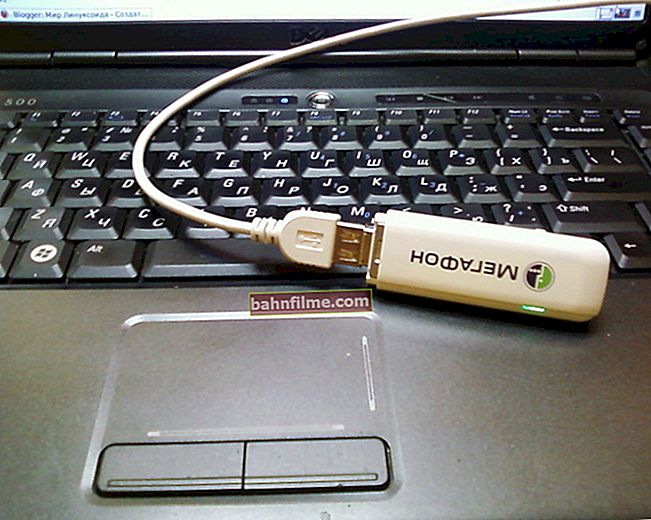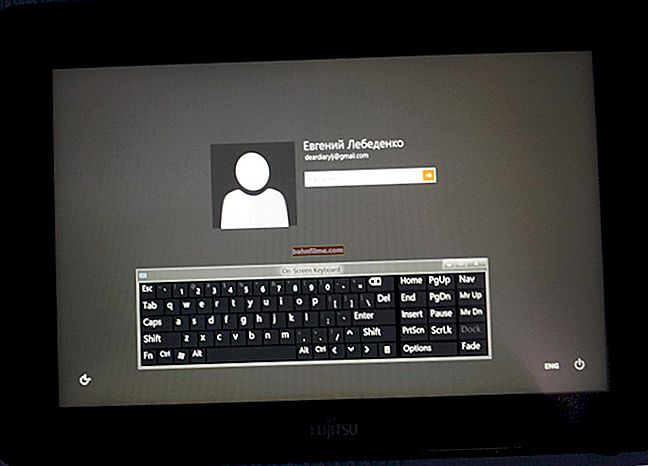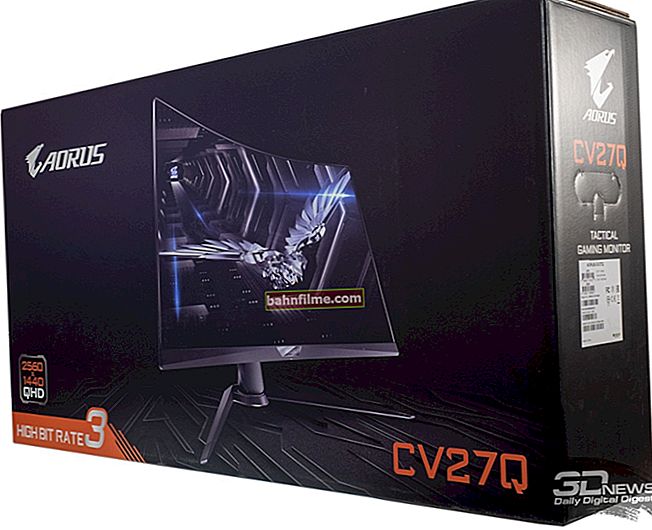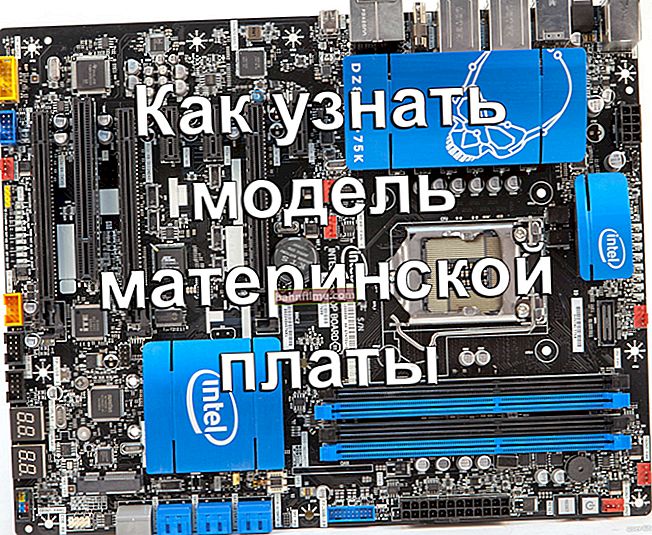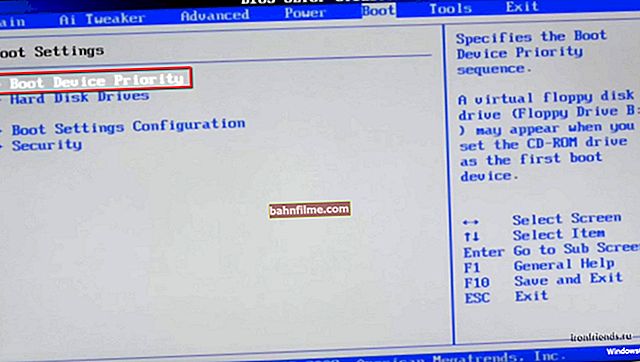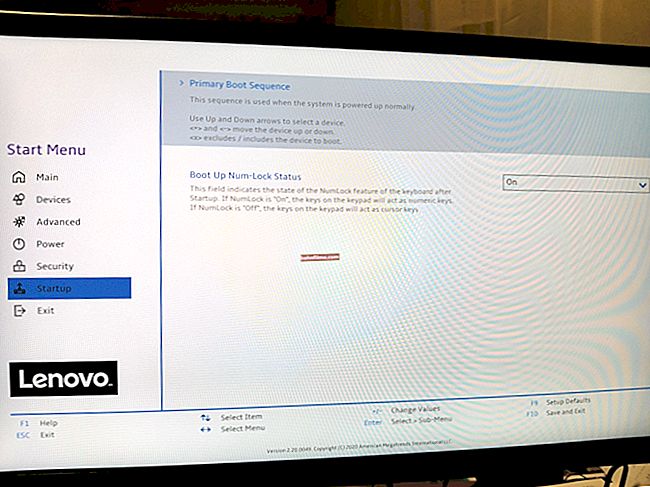
User question
Hello.
Help solve one problem with the HP Omen laptop: when you try to play any video or audio, the sound appears with a delay of 2-3 seconds. You often have to rewind the video to find out what they said. You can also notice a crackling sound in the left "ear" (this is if the laptop is sent to sleep and turned on after an hour or two).
I tried to change the drivers (both from the official site and not), different Windows (7, 8, 10), different headphones - but all in vain.
PS
I use ordinary wired headphones connected to the Jack socket.
Hello.
Unfortunately, this is probably some kind of bug or a flaw of HP engineers (Dell and Lenovo?) - I have encountered this for the 3rd time in the last six months (not counting a few questions on the network).
Rather, everything, in your case, is not due to the breakdown of the laptop (the connectors should be all right) and not to the headphones - the matter is in the wrong power settings, but you cannot change them in the control panel (only using clever methods ... See. option 4 below).
In general, further in the article I will consider how and what can be done. So...
*
How can you solve the audio delay problem
Option 1: use a USB audio card
The easiest and cheapest (the issue price is 150-200 rubles) way to eliminate this delay is to simply plug in a USB audio card. It is no larger than a regular flash drive and should not interfere with home use of a laptop.
You can order this stuff for "pennies" in Chinese online stores (see item 8): //ocomp.info/podborka-tovaryi-iz-kitaya.html

Audio card
As for its installation and configuration, it is extremely simple. After connecting it to the USB port, Windows will automatically install the standard sound driver and you will have a "clear" sound ...
Option 2: use bluetooth headphones
The variant does not always help (50/50). Plus, it's not very convenient to use Bluetooth headphones at home, because they need to be constantly recharged. Nevertheless, suddenly this method will suit someone, at least as a temporary measure (I could not help but note не).

Headset (charging)
To help!
How to connect wireless headphones to computer and phone - //ocomp.info/kak-podklyuchit-besprovodnyie-naushniki.html
Option 3: install Microsoft HD driver
Oddly enough, but in some cases Microsoft's universal sound driver behaves much better than the version from the developers. True, I can't help but note that after choosing it, you will, of course, eliminate the sound delay, but crackling may appear in the left ear of the earphone.
To select a standard sound driver - open the device manager, find the tab "Sound, game and video devices" - it should contain your audio card (usually something like "Realtek High Definition Audio"). Driver update needs to be started.

Update driver
Then refuse auto-update andmanually specify the required driver (from those installed earlier). An example is in the screenshot below.

Standard audio device
Option 4: enter the correct settings in the registry
Before starting editing the registry - I highly recommend updating the drivers for the audio card. The fact is that in April-May 2019, HP released sound drivers for many laptop models (and partially eliminated a number of problems).
By the way, for auto-searching and installing the driver, it is convenient to use the Driver Booster utility (it will also load all the necessary libraries along the way). Review link below.
To help! Utility for automatic driver update [Driver Booster 7] - //ocomp.info/utilita-dlya-avto-obnovla-drayverov.html
One more thing: after installing a new driver, Windows does not always use it (i.e. there is a new driver in the system - but Windows uses the old one). To check this moment - go to device manager, find your audio card and run driver update (see example below).

Update driver
Next, indicate that you want to manually select one of the drivers on this computer. Screenshots below.

Select a driver from previously installed
After that, you will be presented with a list of available drivers - select the newest one (in my case, from 2019).

Driver versions
Now about the registry settings.
Registry settings can be changed using special. editor (to open it, click Win + R , and use the command regedit in the "open" line). More details on how to open it can be found here: //ocomp.info/sposoby-otkryit-redaktor-reestra.html
Then go to the following address (you can simply copy and paste it into the address bar of the registry editor):
Computer \ HKEY_LOCAL_MACHINE \ SYSTEM \ CurrentControlSet \ Control \ Class \ {4d36e96c-e325-11ce-bfc1-08002be10318}
It should have multiple branches: 0000, 0001, etc. (see the menu on the left, arrow-2 on the screenshot below). You need to find those branches (folders) that contain "PowerSettings" ... In my case, there were several of them: 0007, 0008, 0009 (in your case, there may be more / less).

Power settings (registry)
Next, open a branch "PowerSettings" and change the binary parameters:
- ConversationIdleTime - to ff ff ff ff
- IdlePowerState - at 00 00 00 00
- PerformanceIdleTime - on ff ff ff ff (see the screenshot below, you should be the same ...).

Set the following parameters for binary files
Then you do the same for other branches (0008, 0009), where you found "PowerSettings" .
After, restart your laptop (computer) and check if the sound works. Usually, everything starts to work great!
By the way!
For better sound quality, I recommend opening the control panel and going to the section "Hardware and Sound" - it must contain a link to the B&O Play Audio Control panel. Open it up!

B&O Play Audio Control
In chapter "Output" turn on B&O Play and adjust the sound with the equalizer. The screenshots are shown below.

Mode is on

Sound adjustment
*
If you solved the problem differently - drop a few words in the comments (this is welcome ...).
Good luck!
👌
